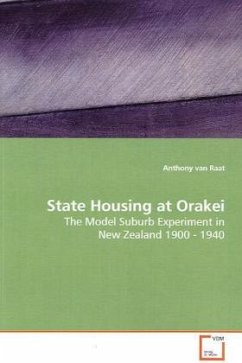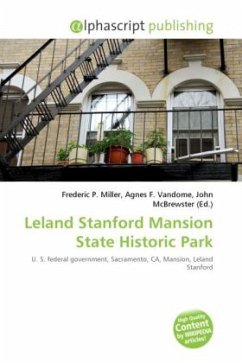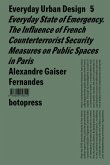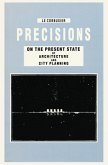The colonization of New Zealand led to the
development of particular patterns of settlement.In
some cases models were derived from contemporay
British practice; in others they came from new world
settlements elsewhere. These settlements arose at
the same time as the belief that New Zealand was a
natural paradise and that it offered the opportunity
for the establishment of some kind of new and
perhaps even utopian model for settlement. The
Auckland suburb of Orakei as it developed in the
first decades of the twentieth century provides
fertile ground for the exploration of a number of
themes which illuminate the New Zealand suburban
experience: the role of the state in regulating and
providing housing; the development of the discipline
of planning; the evolution of the garden suburb in
New Zealand; the choice of an architectural style
for state housing; the contest for physical and
ideological control of development; and the decisive
role of individuals in creating the suburb. This
book describes the political, social and ideological
environments which led to the construction of the
suburb of Orakei and the form which it took.
development of particular patterns of settlement.In
some cases models were derived from contemporay
British practice; in others they came from new world
settlements elsewhere. These settlements arose at
the same time as the belief that New Zealand was a
natural paradise and that it offered the opportunity
for the establishment of some kind of new and
perhaps even utopian model for settlement. The
Auckland suburb of Orakei as it developed in the
first decades of the twentieth century provides
fertile ground for the exploration of a number of
themes which illuminate the New Zealand suburban
experience: the role of the state in regulating and
providing housing; the development of the discipline
of planning; the evolution of the garden suburb in
New Zealand; the choice of an architectural style
for state housing; the contest for physical and
ideological control of development; and the decisive
role of individuals in creating the suburb. This
book describes the political, social and ideological
environments which led to the construction of the
suburb of Orakei and the form which it took.







